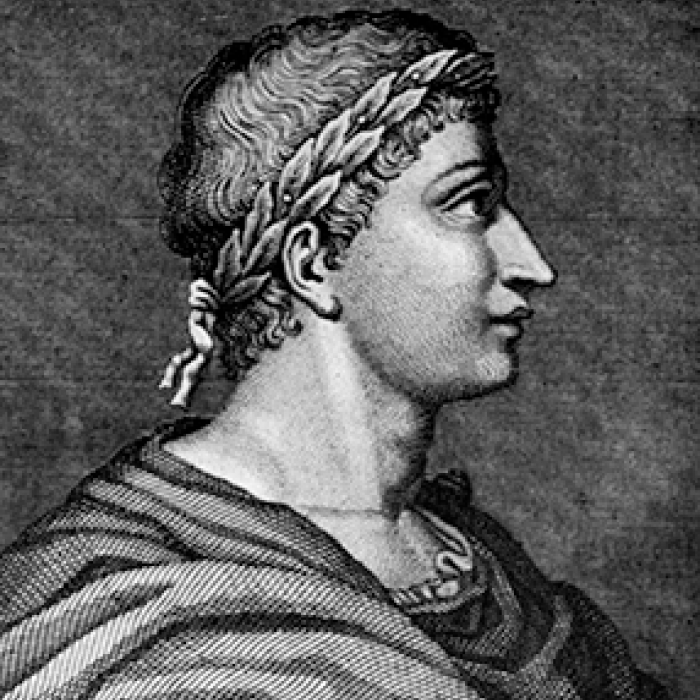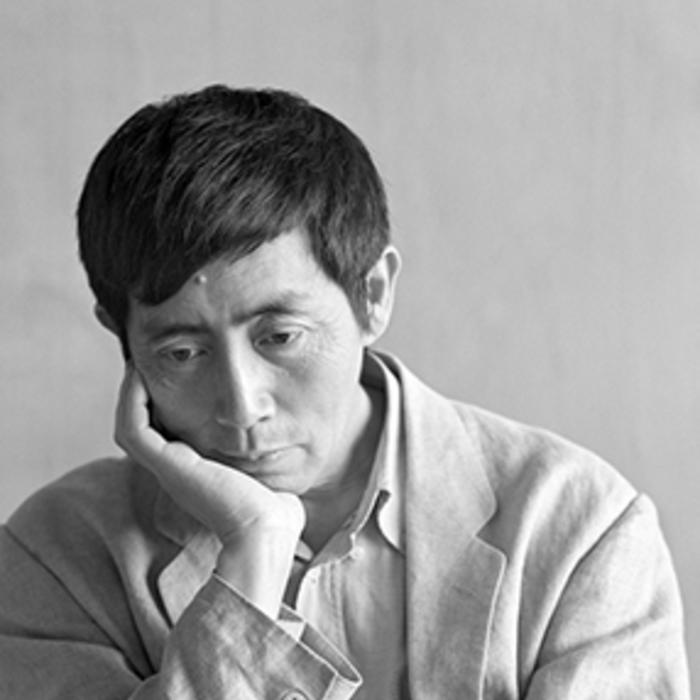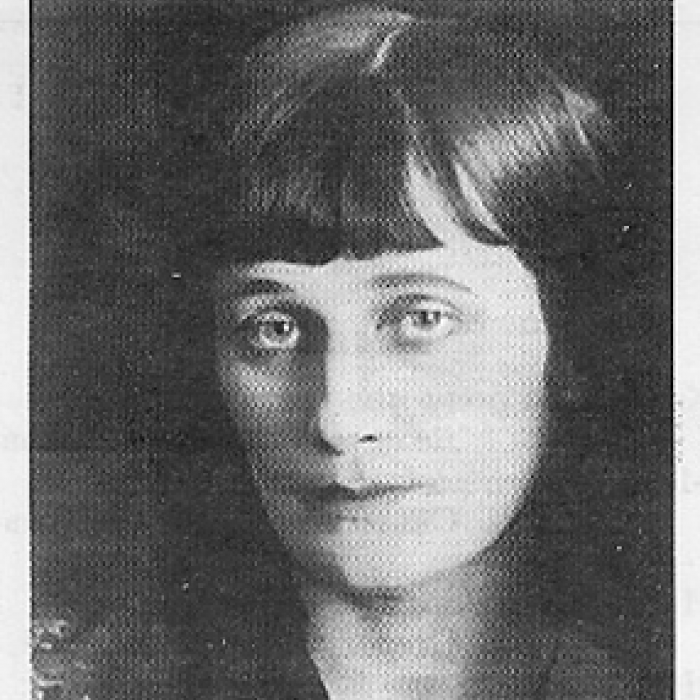Osip Mandelstam
Osip Emilievich Mandelstam was born on January 15, 1891, in Warsaw and raised in the imperial capital of St. Petersburg, Russia. His father was a prominent leather merchant and his mother was a music teacher. Mandelstam attended the renowned Tenishev School and later studied at the Sorbonne, the University of Heidelberg, and the University of St. Petersburg, though he left off his studies to pursue writing.
Mandelstam published his first collection, Kamen, or Stone, in 1913, when Russian Symbolism was the dominant persuasion. Like Vladimir Mayakovsky and Velimir Khlebnikov, both of whom were founders of Russian Futurism, Mandelstam departed from the old mode of expression in favor of a more direct treatment of thoughts, feelings, and observations under the aegis of Acmeism, a movement that included Nikolay Gumilev and Anna Akhmatova. As translator Clarence Brown observes, Mandelstam’s variant of Acmeism was a mixture of poetics and moral doctrine, the former based on an “intuitive and purely verbal logic of inner association” and the latter on a kind of “democratic humanism.” In 1922, Mandelstam’s second book, Tristia, secured his reputation, and both it and Stone were released a year later in new editions.
Meanwhile, the Bolsheviks had begun to exert more control over Russian artists, and Mandelstam, though he had initially supported the Revolution, was unwilling to yield to the political doctrine of a regime that had executed Gumilev in 1921. During this period, Mandelstam focused on writing essays and literary criticism. He spent his later years in exile, serving sentences for counter-revolutionary activities in various work camps, until his death on December 27, 1938, in the Gulag Archipelago.





